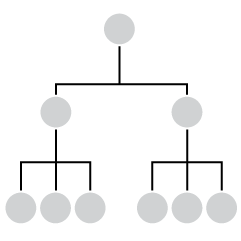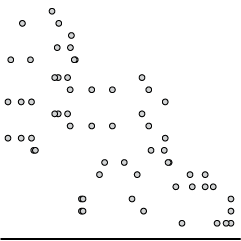Researchers from the MIT Media Lab studied posts to r/MyBoyfriendIsAI on Reddit. While using AI chatbots for relationship stand-ins is still niche, interest seems to be growing. On the reported benefits:
Reported benefits centered on addressing social isolation and emotional needs. Users frequently cited reduced loneliness (12.2%) and always-available support (11.9%) as primary advantages, emphasizing the temporal accessibility that distinguishes AI from human relationships. The provision of a safe space for emotional expression (9.9%) and non-judgmental interaction (5.0%) highlighted the psychological safety users experienced. Mental health improvements were explicitly reported by 6.2% of users, with 4.2% crediting AI companions with helping them through crises. Additionally, 6.0% reported better self-understanding through AI interactions, suggesting these relationships facilitate introspection and personal growth. These findings indicate that companion AI systems serve complex psychological and social functions, often addressing unmet needs in users’ human relationships while providing unique affordances unavailable in traditional social contexts.
I’m not sure what to make of this. If the alternative is loneliness, then maybe it’s okay as a temporary band-aid, but marrying a large language model can’t be good long-term, right?

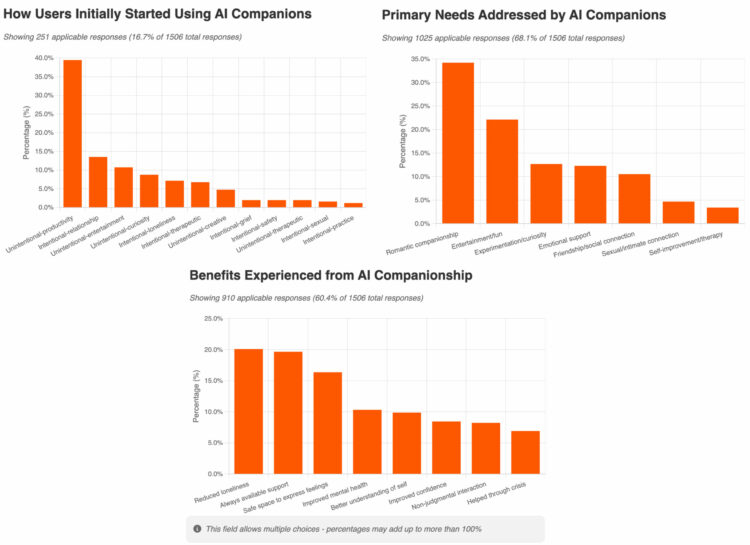
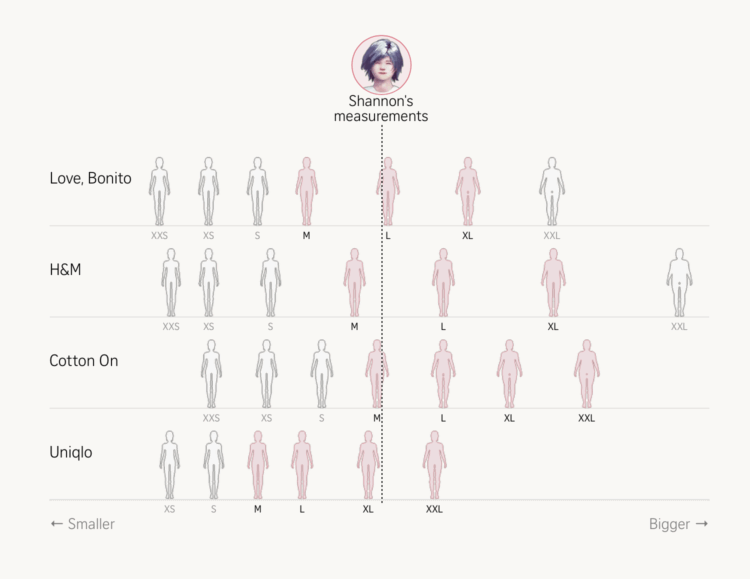


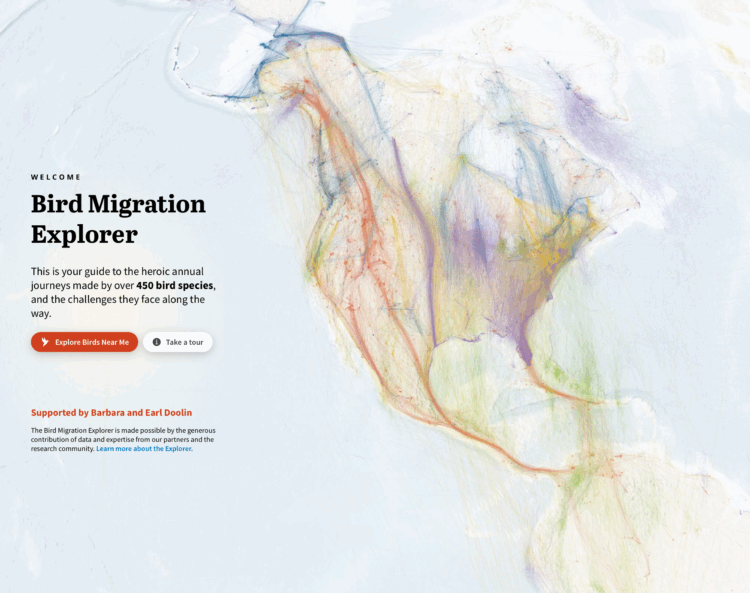
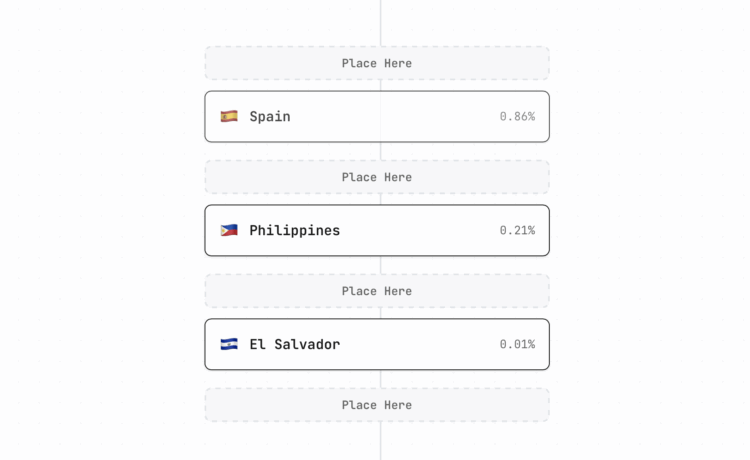
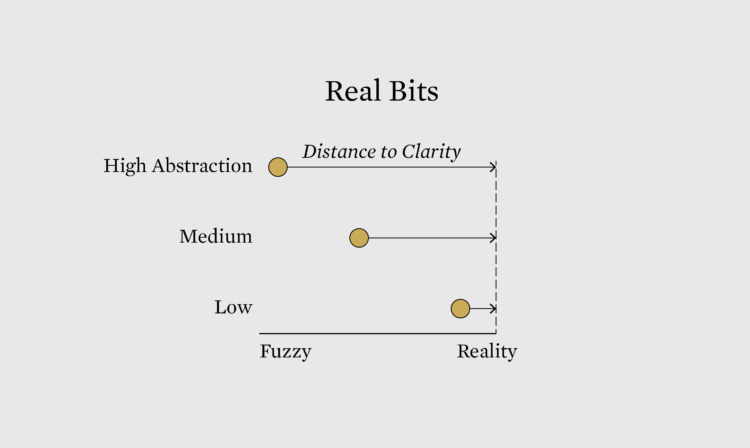
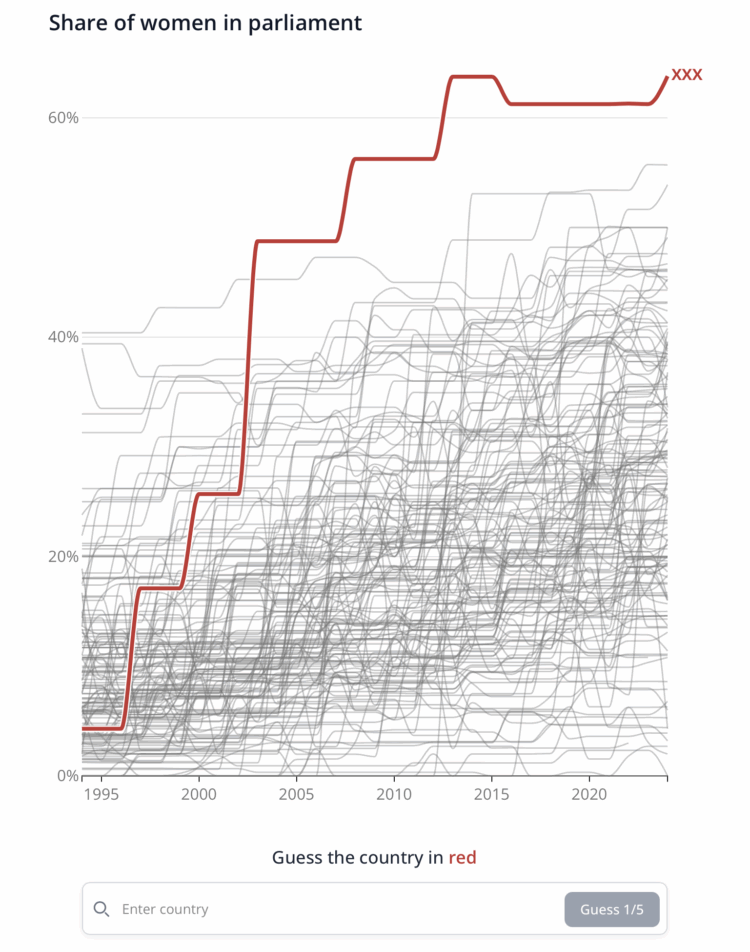
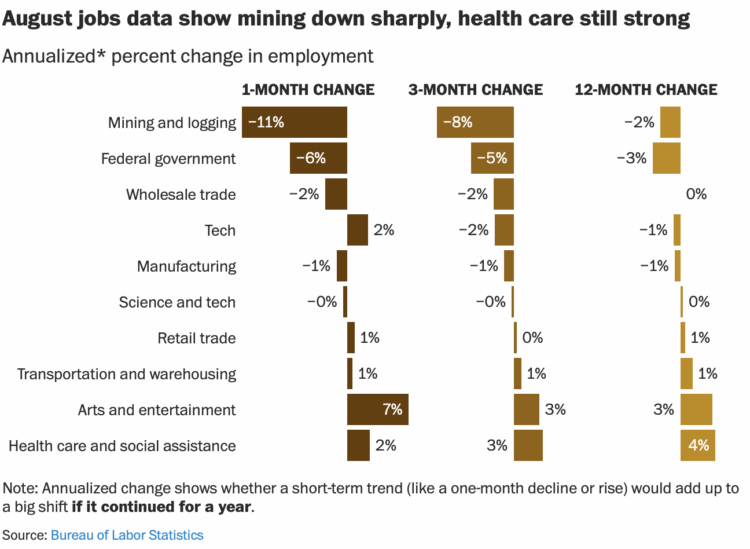
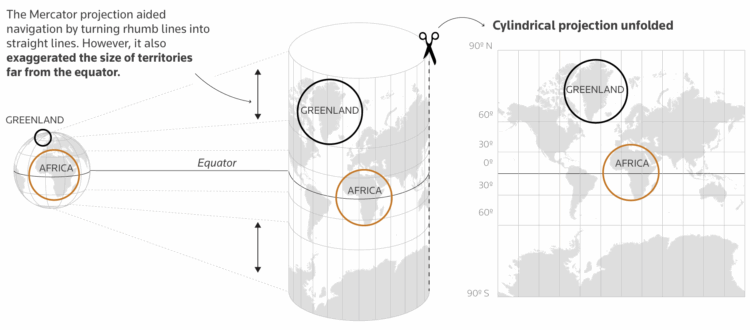
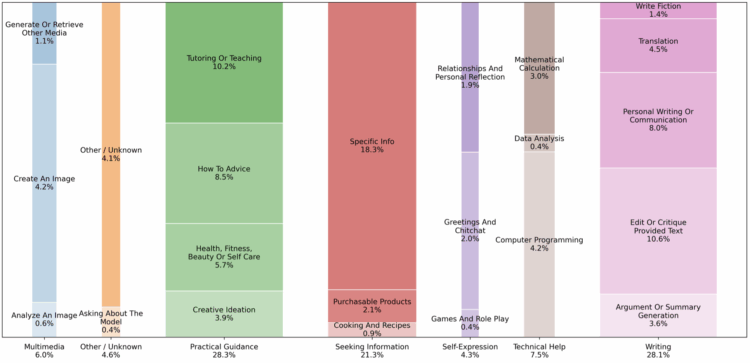
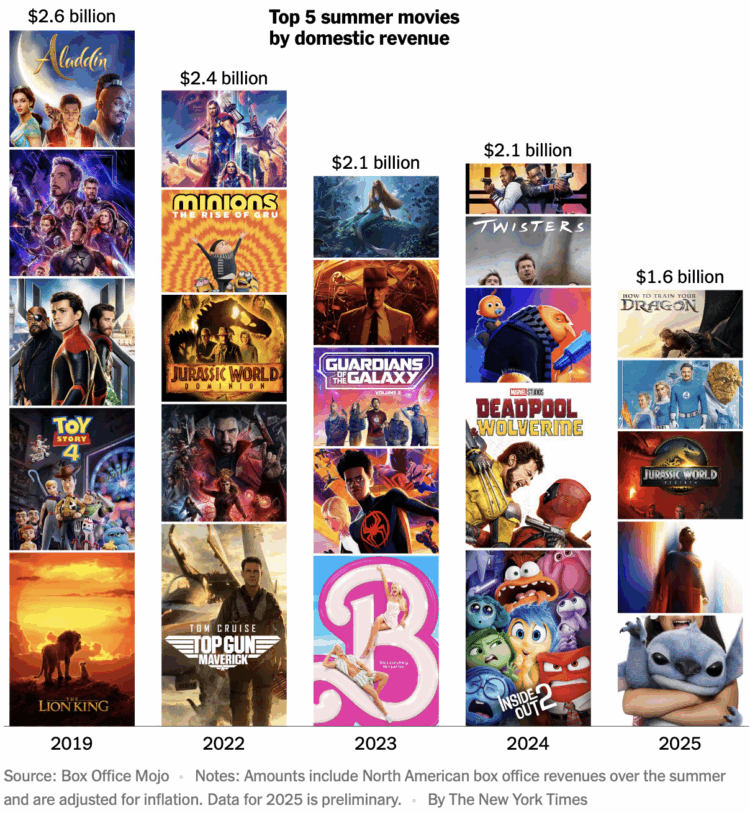
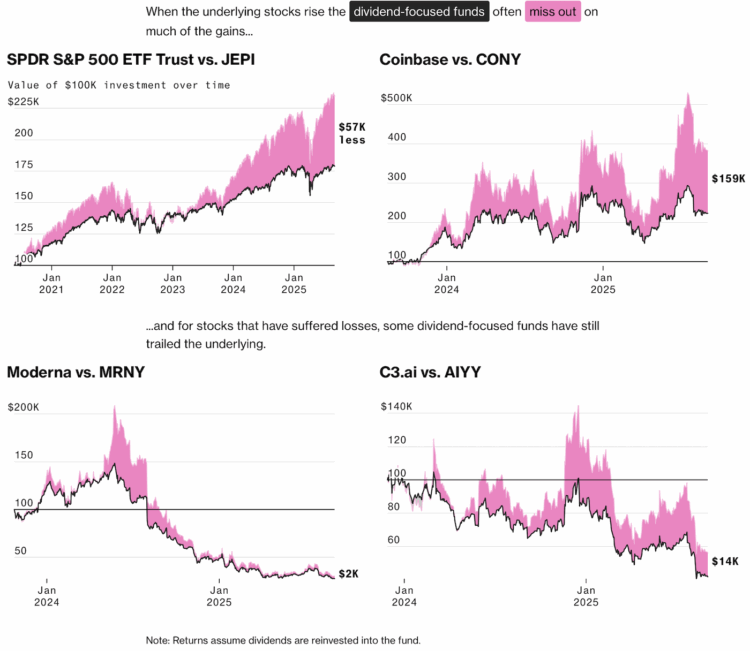
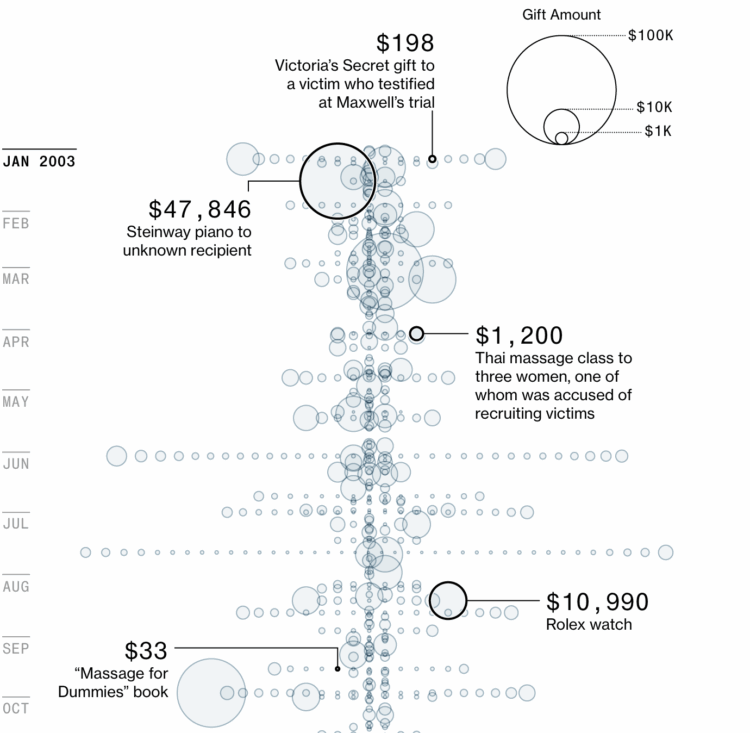

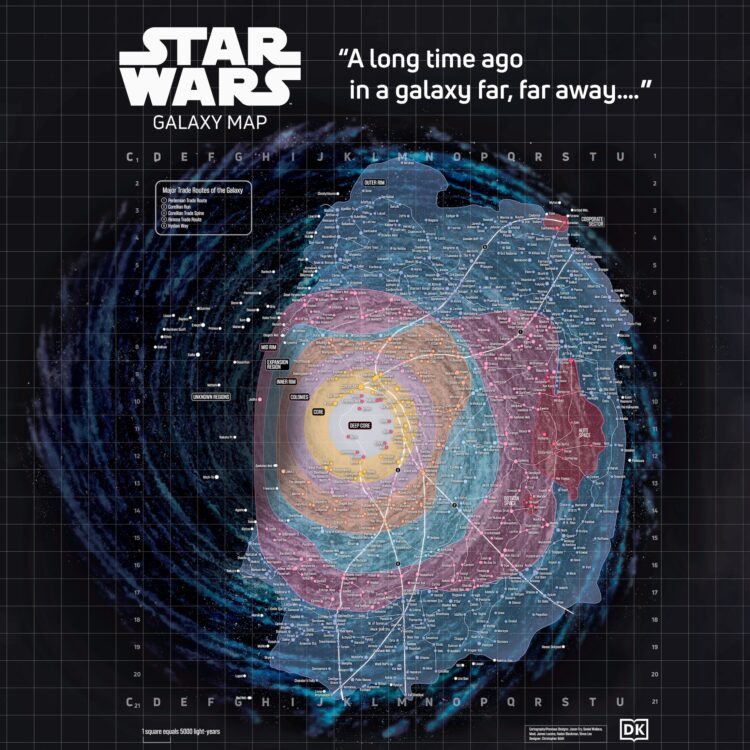
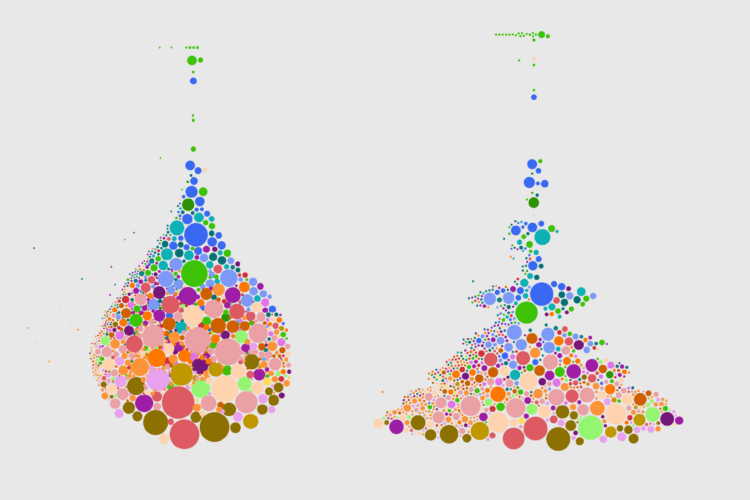
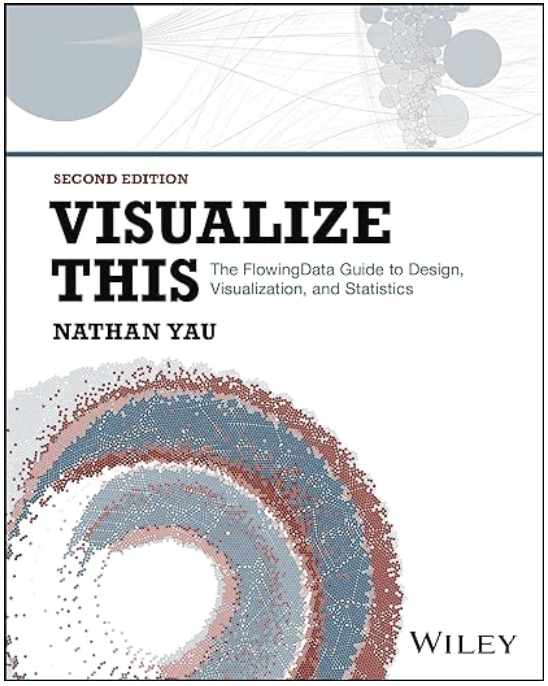 Visualize This: The FlowingData Guide to Design, Visualization, and Statistics (2nd Edition)
Visualize This: The FlowingData Guide to Design, Visualization, and Statistics (2nd Edition)


